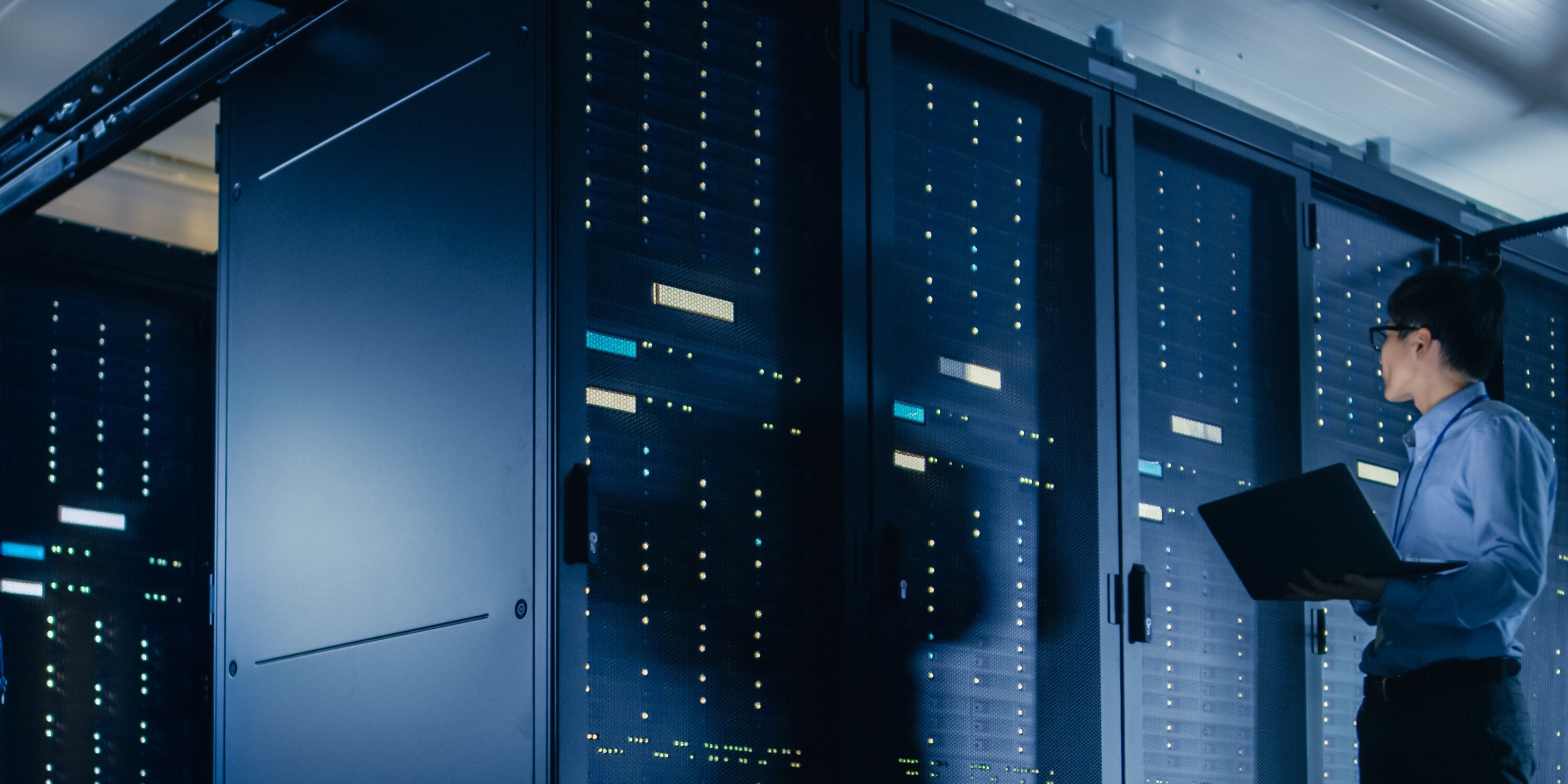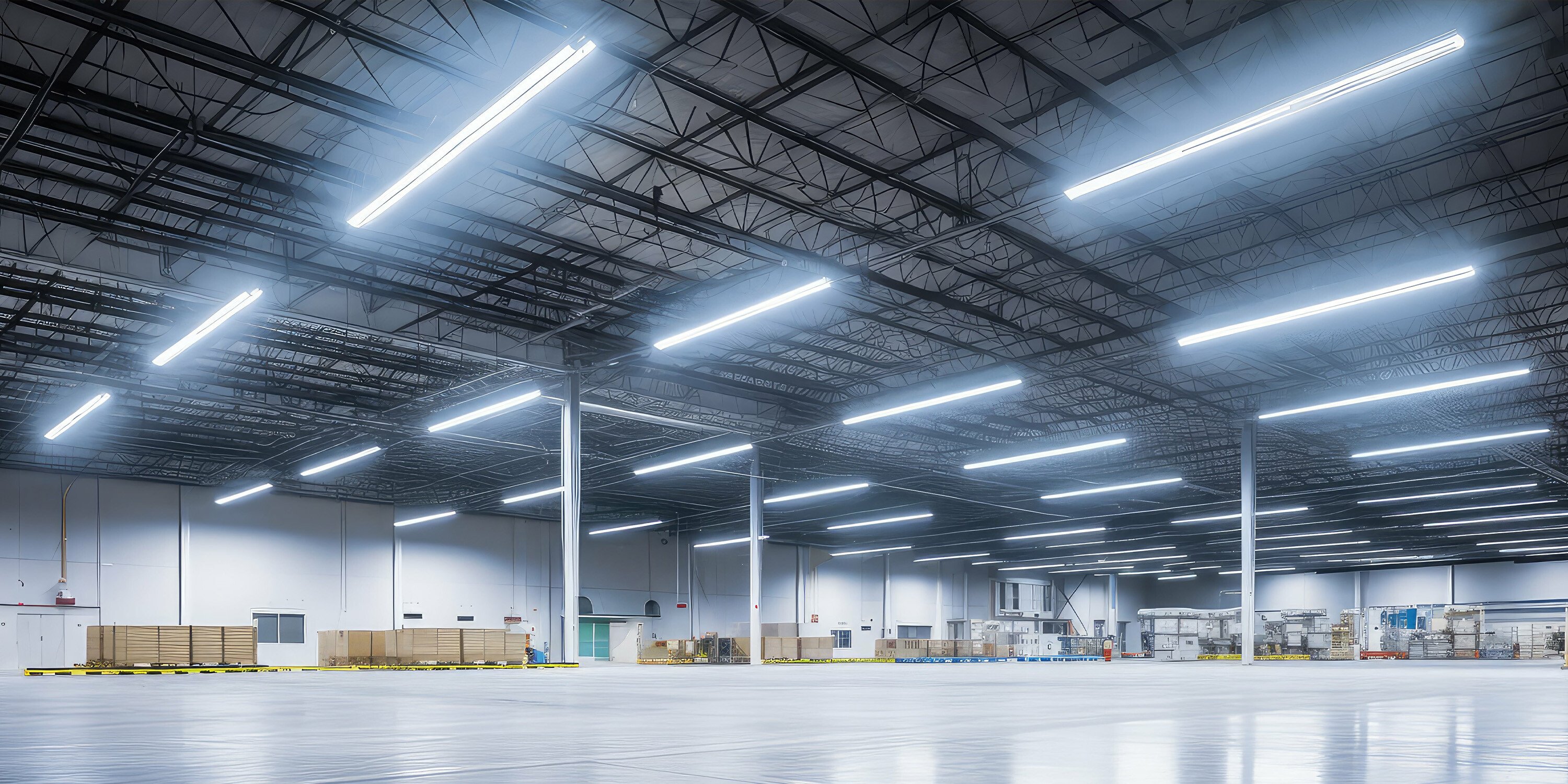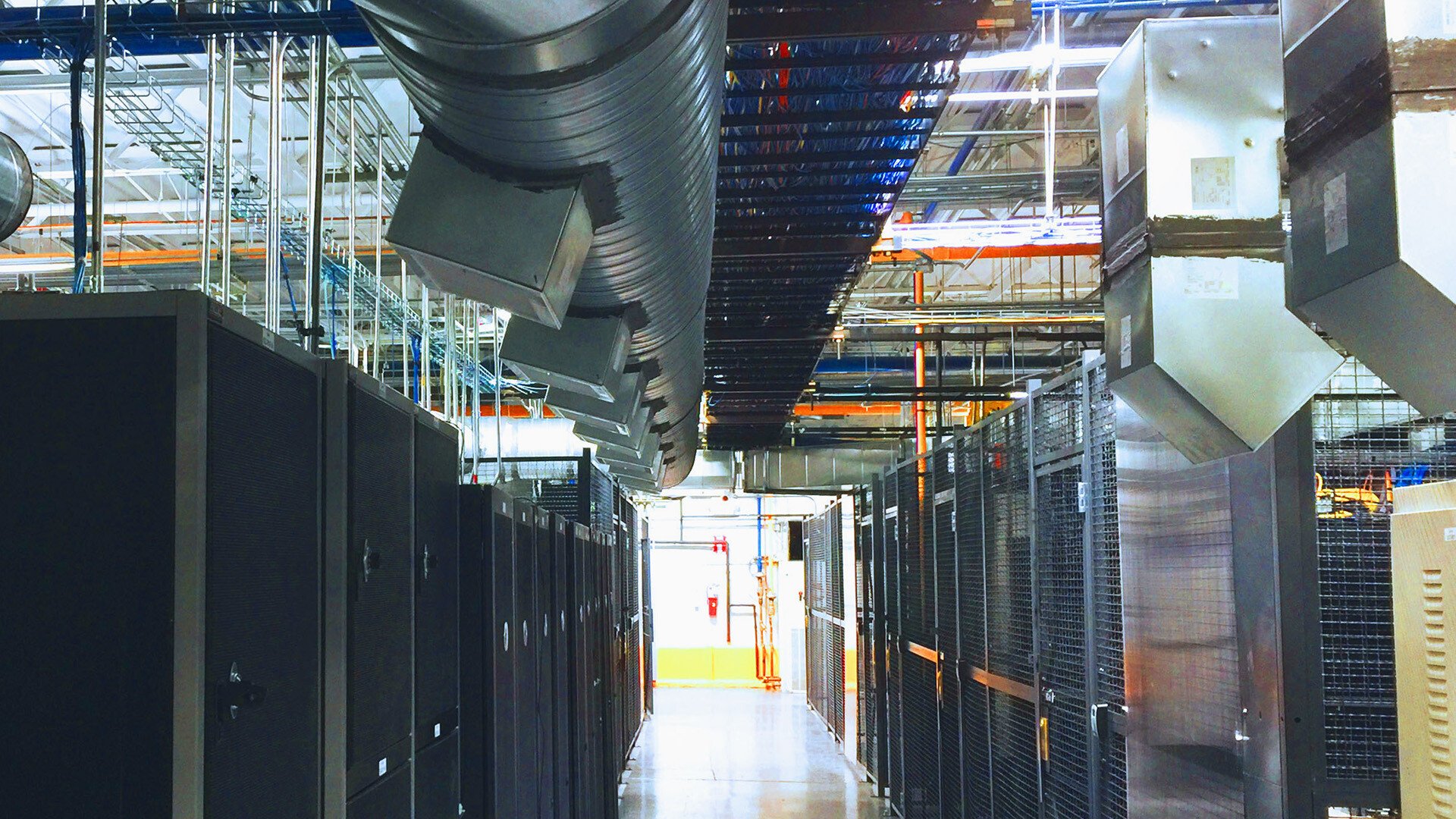Energy Efficiency | February 8, 2021
A New Perspective on the Benefits of LED Solutions
LED solutions have rapidly grown in popularity, unsurprisingly for their energy efficiency and long-term cost effectiveness. Compared to traditional incandescent and fluorescent lighting, LED solutions require less than 70% energy consumption, resulting in a lower environmental impact and utility bill. In fact, it can reduce your spending on electricity by 30-60%.
Not only does switching to an LED solution reduce power plant emissions, but bulbs are fully recyclable due to the absence of harmful chemicals like mercury. Companies that reduce their carbon footprint showcase the business as models of environmental responsibility; in doing this, consumers can feel good about who they choose to do business with. Supplementary to energy efficiency and cost effectiveness however, switching to an LED solution can reap additional, significant benefits.
LED solutions can increase productivity
LEDs have the capability to emit bright white lights that mimic daylight, allowing the body to react similarly to if it was encountering natural sunlight. Some studies have even found that fluorescent lighting can make people sleepy during the day, denying them a productive workday It's understandable due to the fact that lighting influences circadian rhythm, a biological clock that impacts physiological processes.
Unlike traditional lighting solutions, modern LED lights can be designed with consideration to the circadian system, allowing daytime circadian stimulus with the use of color temperatures like sunlight. This is critical for spaces that do not always have access to natural sunlight like warehouses and mechanical shops.
Workers strive to yield accurate results and in order to do this they must be provided ample lighting that not only keeps them alert but allows them to actually see what they're doing. Poor lighting increases the chance of error which not only decreases productivity but increases cost.
LEDs last longer than traditional lighting options
LED solutions are notable for their durability with the expected lifespan of most fixtures being about 50,000 hours and diodes about 200,000 hours, depending on the ambient temperature. In addition to getting more time out of your fixture, you eliminate the need to frequently replace them.
By switching to LED, you effectively achieve a low maintenance lighting system that will also save you in replacement cost. For businesses that require lots of space like big warehouses, buying and replacing fixtures can really add up, in addition to the time or even lifts required to access difficult to reach spaces.
Another benefit is that LEDs use more of the energy consumed as light rather than heat meaning there is less of a chance of combustion and less money spent on air conditioning.
Good lighting makes for happy employees
No matter which industry, proper lighting is crucial for employee satisfaction. Studies have shown that lighting can influence people's mood and perception of their workplace.
For example, employees who are forced to work in harsh or inadequate lighting for extended periods of time are at risk for fatigue. Conversely, working in appropriate levels of light can make employees more alert and even boost morale, increasing overall performance and attendance in the workplace.
This is not exclusive to office workers either; industrial workers require sufficient lighting to aid them in their intricate work. Too often have employers lost their people solely because of insufficient working conditions. It is simple: happier, healthier workers are safer, better workers. By opting a more human-centric lighting solution, companies have the opportunity to show that they value their employees.
Proper lighting promotes safety
A crucial aspect of any commercial or industrial facility is safety. Due to their brightness and lifespan, coupled with strategic controls, LEDs are perfect for areas that need to be well-lit. Spaces that would otherwise be hazardous or prone to accidents like stairwells, parking garages or parking lots, can be revitalized with proper lighting. Warehouses, for example, are large spaces with tall shelves and deep aisles that can be dangerous if you cannot see what you're doing. Without sufficient lighting, workers are highly at risk for injury. High quality fixtures with sufficient output allow people to be more aware of their surroundings.
LED lights are more visually appealing
And last – but not least! – LED lights look better than traditional lighting solutions. This is because LEDs have better color rendering and allow for a sharper focus. There are so many different styles and varieties of LED fixtures that make it easy to find the right shape, size, wattage and overall fit for your needs.
The LED light bulb you install in your house would have a completely different color temperature than a fixture installed in a hospital. The lights in a hospital add to the perception of it. Bright white lights, albeit useful to see during essential work, contribute to the perception of cleanliness and make the building look sterile.
Similarly, retail spaces benefit from LED's superior color rendering as a higher rendering allows the products to look their best and appealing to the consumer. This goes for any business: psychology reveals that people are more likely to trust bright, well-lit spaces rather than dark, grim areas.
Making the switch
Whatever your reasons, there are dozens of benefits to LED lighting for commercial spaces. Take a more human-centric approach to lighting and switch from an outdated lighting system to LEDs.
Related Posts
Discover more content and insights from Mantis Innovation

The Cost of Inaction: Why Businesses Should Act Now on Energy Efficiency
In today's fast-paced business environment, the financial and operational losses businesses incur by delaying energy efficiency improvements, the "cost of inaction," is more relevant than ever.

In today’s AI era, human intelligence is the key to data center facility and energy optimization
Nowhere else in modern industry do artificial and human intelligence converge with such transformative potential as in the world of data centers. As AI's extraordinary growth accelerates demand for

Your Guide to LED Lighting for Business and Commercial Buildings
Never to be underestimated, LED lighting and well-designed lighting retrofits and upgrades offer businesses big improvements like reduced energy costs, reduced emissions, and improved working

Five Trends Driving Data Center Facility Energy Optimization
Today’s digital economy, commercial and industrial digitalization, and the recent explosion in artificial intelligence and machine learning (AI/ML) powered computing are driving massive growth in
